The way we interact with technology is changing, and what we see as resources – wood, water, earth – may one day include digital content. At last week’s API Night at RocketSpace, Leap Motion CTO David Holz discussed our evolution over the past year and what we’re working on. Featured speakers and v2 demos ranged from Unity and creative coding to LeapJS and JavaScript plugins.
David Holz: Narrowing the interface gap

How you see a hand in 3D space, how it can interact with digital environments, how interaction engines can help “reconcile the physics of the digital world with the reality of the real world” – these are all matters Leap Motion is trying to overcome. For instance, physics can be altered in the digital world to understand that if someone is pinching with such force that an object should squeeze out of the grip, this isn’t actually the user’s intent. Instead, the object should be secured between those fingers.
Motion control hotkeys, or trigger gestures, were also up for discussion. There are times where it’s more natural to touch paint palettes in editor programs – connecting the user to their artwork even though they’re in different realms of existence. If you’re rotating a model by grabbing it in space, copying that model could be done with the free hand. Exploring and experimenting will give people the opportunity to learn how tools can be tailored to incorporate natural movements that translate to graphical representations.
Right now there’s a lot of power in technology, but as David observed, “the tools that we use to study the brain are so different than the tools used to study nature.” Skills can transfer, and interacting with nature and digital representations of natural objects can lead to real understanding, if both mediums are indistinguishable.
Isaac Cohen: Storytelling and imagination with WebGL
Isaac is our in-house creative coder – “creative” being an understatement. In his talk, he explains how it’s possible to work in THREE.js and WebGL without complicated 3D math, thus freeing us to create. If a coder is spending all their time working on 3D math, they don’t have time to play around and create cool-looking, unique onscreen hands.
While there’s a gap between what is possible and what can be dreamed, these tools and our imaginations let us dismantle those barriers that define what is digital and what is reality. One example he uses to show how to move beyond these barriers is rethinking story books – how to interact with them in 3D space and feel like you’re actually in the story and helping it unfold. Imagination is the only limiting factor in the world of creative coding.
Peter Ehrlich: Playing with LeapJS plugins
As developers, plugins make our lives infinitely easier. Peter gave a quick review of the LeapJS plugins that can now be used in different web apps. One can change the position of the cursor, while another allows for the integration of rigged hands that offer real-time positioning, as well as the ability to replay frame data that can be used for networking or multi-player games. With these tools, you can show someone how to use the Leap Motion Controller without the need for a device.
Matt Tytel: Developing with existing Unity assets
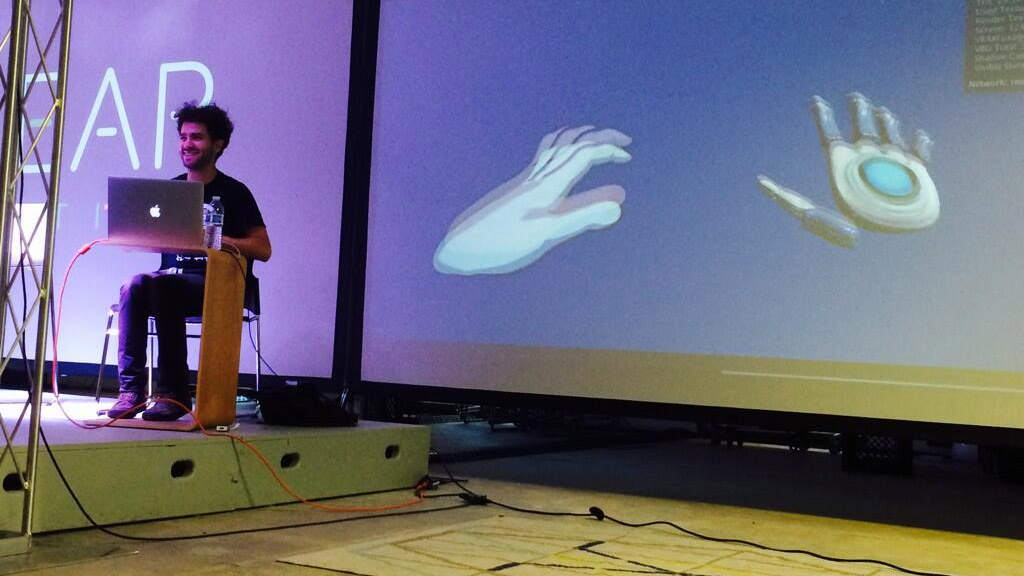
You might be surprised to see what you can build with readily available tools. Matt Tytel, our resident Unity engineer, showcased demos that not only make it simple to alter and manipulate scenes with prefabricated tools, but can also be pulled into JavaScript and other platforms. With resources found in the Unity Asset Store, he was able to create music and centipede race hacks. We’re adding new features to our Unity tools all the time, so look for more demos in the coming months.
Want to join your fellow devs at our next meetup? Stay in the loop about future events – join the Leap Motion Developers Meetup group.
Top image courtesy of Basil D Soufi, Wikimedia Commons.


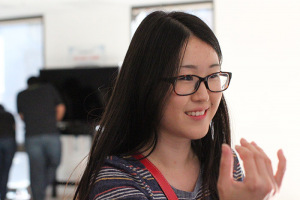
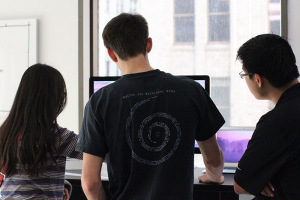
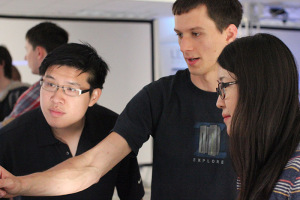
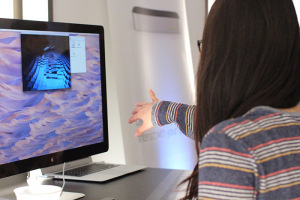
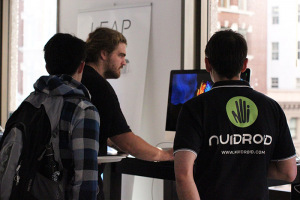
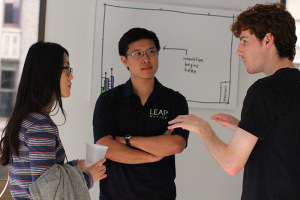
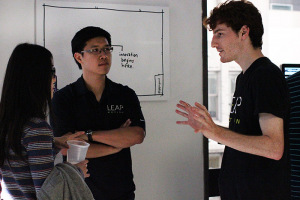
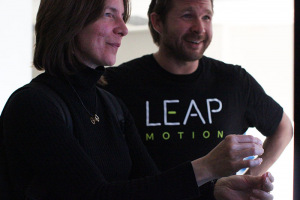
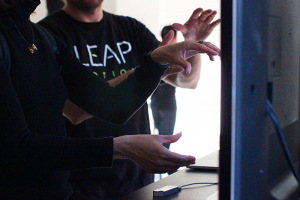
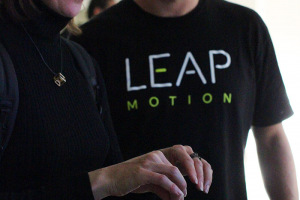
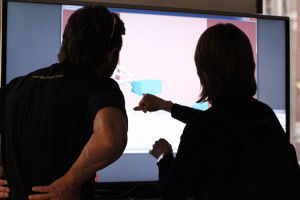
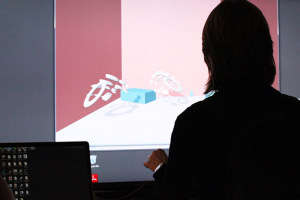
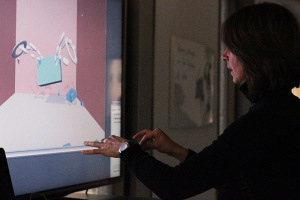
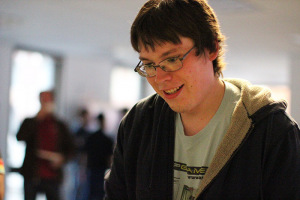
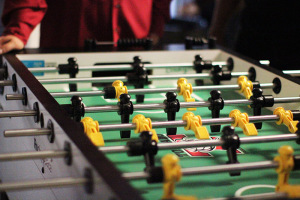
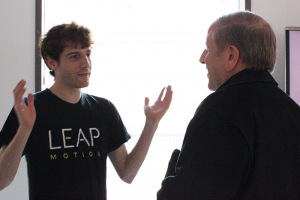



[…] interactive tables. I got kind of obsessive about this layer – the layer right between the physical world and the digital world – and how that impacts the way people interact with computers, and how they interact with each […]
August 5, 2014 at 8:33 am